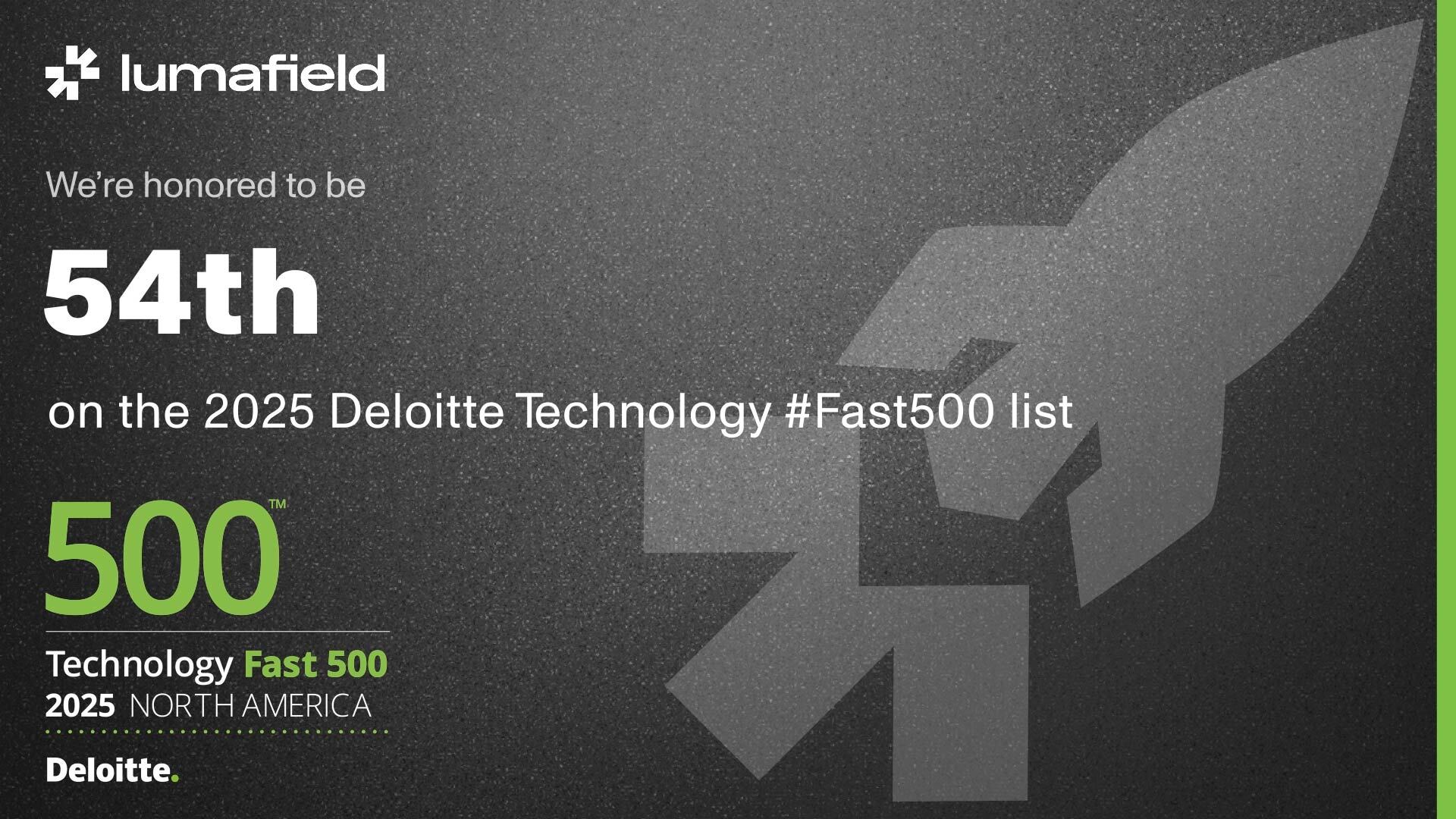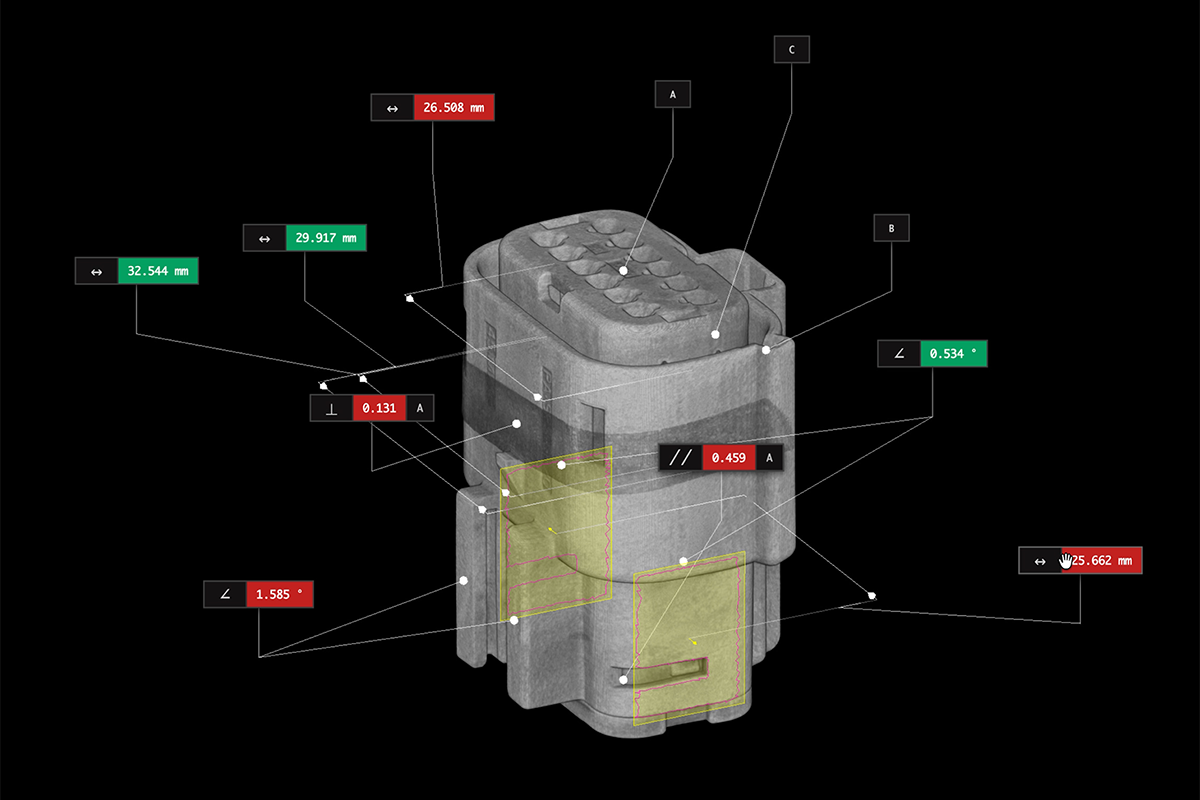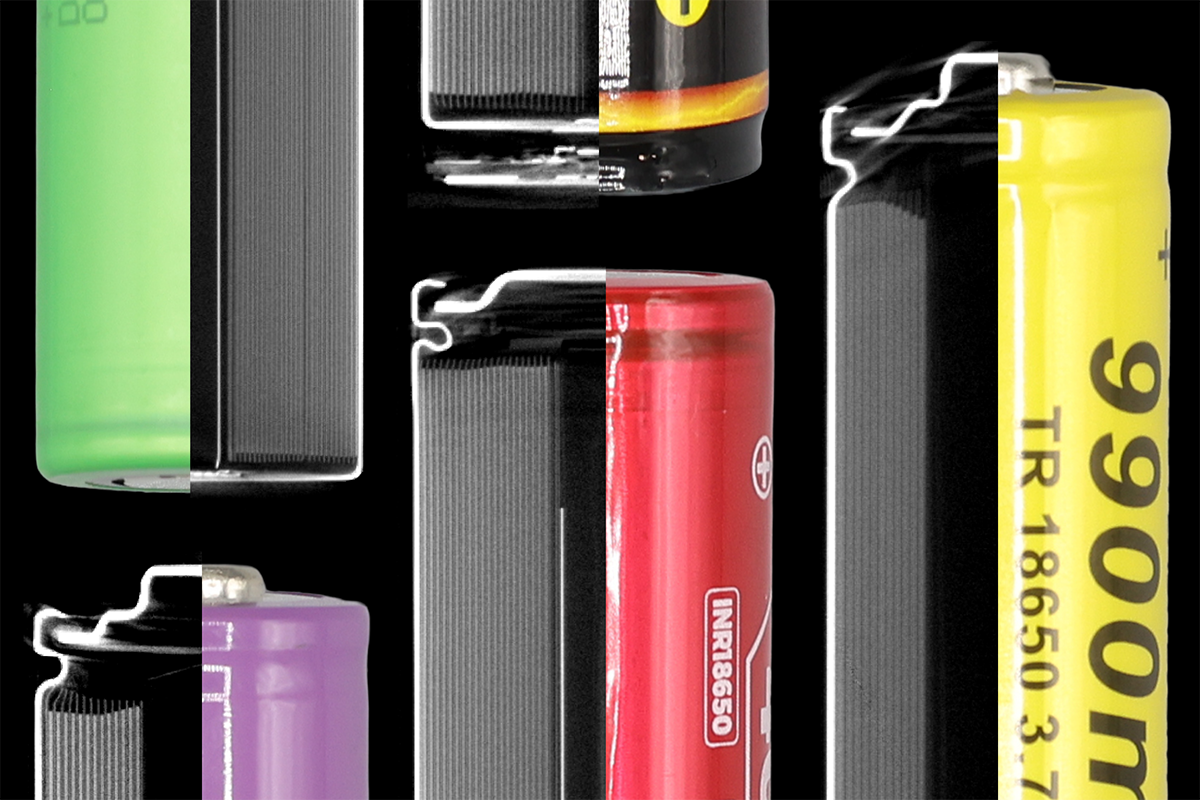Lumafield Surface Capture vs. Photogrammetry and Structured Light
Surface capture technology has made significant progress, and Lumafield’s new Surface Capture module sets a new standard in the industry. By integrating high-resolution industrial CT scans with visible light data, Lumafield’s Surface Capture technology offers unprecedented accuracy and detail.
Let’s compare our innovative approach with traditional photogrammetry and structured light technologies to see how each performs with respect to surface fidelity and color accuracy.
Evolution of Surface Capture
Surface capture is a new Neptune Acquisition Module that modifies a Neptune scanner with three special cameras and other hardware to capture various types of visible light data alongside a CT scan.
This integration allows for the extraction of a very high-resolution mesh from the CT scan, onto which multiple passes of visible light are projected with precision Lumafield calibration. The result is a high-fidelity color 3D model with surface precision unmatched by any purely visible light system.
Comparing Technologies

Lumafield Surface Capture
- Accurate Surface Geometry: Lumafield’s technology ensures precise surface geometry, even in visually occluded areas.
- Accurate Color: It captures true color representation, avoiding the common pitfalls of photogrammetry and structured light.
- Support for Reflective Objects: Lumafield’s system handles reflective objects without the typical failures seen in other technologies.
Photogrammetry
- Estimated Surface Geometry: This method often results in estimated surface geometry, which can lead to inaccuracies.
- Occlusion Failures: Photogrammetry struggles with occluded areas, resulting in incomplete models.
- Reflective Object Failures: Reflective surfaces pose a significant challenge, leading to errors and inaccuracies.
Structured Light
- Estimated Surface Geometry: Like photogrammetry, structured light scanning also estimates surface geometry, which can be inaccurate.
- Reflection Challenges: Reflective surfaces cause significant issues, resulting in incomplete or erroneous scans.
- Color Inaccuracy: Structured light scanning often struggles with color accuracy, affecting the visual fidelity of the model.
- Dataset Combination Required: For a complete object capture, multiple datasets need to be combined, adding complexity and potential for errors.
Advantages of Surface Capture
Unmatched Visual Fidelity
The surface fidelity achieved by Lumafield’s Surface Capture is unrivaled. The high-resolution meshes generated from full-resolution CT volumes far exceed the capabilities of photogrammetry-based approaches. This results in models that are both visually and geometrically accurate, providing a true representation of the scanned object.
No Common Failures
Lumafield’s technology is not hampered by the typical failure modes of photogrammetry or structured light scanning. Issues like inaccurate surface definition, failures due to homogeneous color patches, and geometry errors from reflection or shininess are effectively mitigated. This robustness ensures reliable and consistent results across various applications.
Broad Applications
Lumafield’s Surface Capture technology has wide-ranging applications across various industries, offering unparalleled detail and accuracy in digital visualizations.
In footwear, it allows for detailed analysis and archiving of shoe designs, contributing to the design process and finish verification. In fashion and luxury, and auction houses, Surface Capture can authenticate high-value items and create virtual product photography for marketing and sales. The technology is also vital for porcelain and archival artifacts, where preserving intricate surface details is essential for both record keeping and digital inventory. Automotive applications benefit from precise surface characterization, essential for quality control and design validation. More cutting-edge use cases include media production and AI dataset generation, which leverage the detailed and realistic models produced by Surface Capture to enhance content creation and machine learning datasets.
Conclusion
Lumafield’s Surface Capture technology represents a leap forward in surface scanning, combining the strengths of CT and visible light data to produce highly accurate and detailed 3D models that outperform traditional photogrammetry and structured light technologies in terms of surface fidelity, color accuracy, and handling of reflective objects.
Would you like to see Lumafield’s Surface Capture in action? Check out our scans of the Nike Alphafly 3 and Adidas Adizero Adios Pro Evo 1 for a Financial Times feature on the 2024 Summer Olympics.










